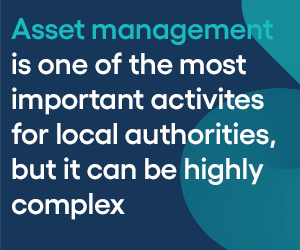Government must prioritise collaboration with the private sector to cut fossil fuels and decarbonise transport networks if the country is to meet net-zero targets, according to a new report from Addleshaw Goddard and the Fraser of Allander Institute.
The ‘Road to Net Zero: On Track?’ report, which comes ahead of the COP26 UN Climate Change Conference in Glasgow, considers views from business leaders across Scotland, outlines the current state of play in the national transport network – and the action needed to meet challenging decarbonisation goals.
The transport sector is Scotland’s biggest emitter of greenhouse gas emissions, producing almost 36 per cent of all emissions generated in 2018.
Yet, the authors say, despite efforts from business leaders in the sector to reduce emissions, introducing lofty targets like cutting fossil fuel use by 40 per cent by 2040, many argue the same ambitions aren’t prioritised by government, and collaboration between the public and private sector remains fragmented.
Getting the private and public sectors to work together while also co-ordinating energy infrastructure investment with wider transport transformation strategies continues to be a challenge, according to Addleshaw Goddard’s report, which expands on results from the FAI’s Scottish Business Monitor.
Paul Hirst, Head of Transport at Addleshaw Goddard, said, “The decarbonisation of our transport network is arguably the most important element of Scotland’s road to net-zero. But it’s also the most challenging.
“New and innovative projects to reduce the sector’s emissions are coming forward every day, and complex issues are being resolved with the support of ambitious business leaders and the public sector. Yet, while speaking to companies across the country, collaboration between public and private sector organisation could be improved still.
“The appointment of Michael Matheson as Cabinet Secretary for Net Zero, Energy and Transport earlier this year was a welcome move by the sector and Matheson’s role is already shaping how industry leaders translate crucial plans into action. With COP26 just around the corner, now is the time for the Scottish Government to take this one step further.”
Despite these hurdles, however, they authors point to carbon reduction projects underway that are helping to shape Scotland’s transport network and infrastructure.
They give the example of Aberdeen’s, “first of its kind” green hydrogen production hub – costed at £215million – which is proposed by Aberdeen City Council, and currently out to tender. When fully developed, the hub would serve homes, heating and transport across the UK’s energy capital. Hydrogen buses are already a common sight on the city’s roads, and the city received additional funding for its hydrogen fuel and hydrogen transport projects from the Scottish Government’s Green Growth Accelerator.
The new multi-million-pound rail freight hub at the Port of Grangemouth, for example, comprises a dual rail siding of 775 metres that can handle the longest freight trains on the UK network – the first of its kind – removing the need for surface vehicles to bring containers from ship to train and improving carbon reduction.
Elsewhere, a £40m private investment to create Scotland’s largest renewable hub in Forth Ports will create a bespoke, riverside marine berth capable of accommodating the world’s largest offshore wind installation vessels.
(Picture – Yay Images)



























